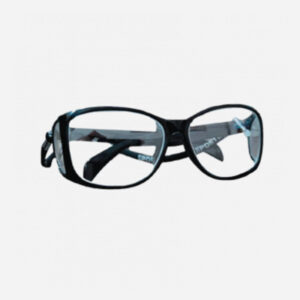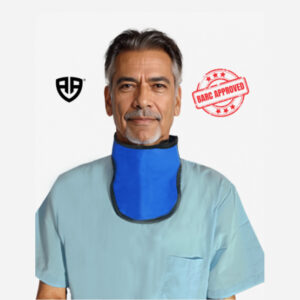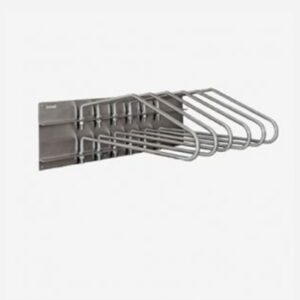Description
Finding a reliable supplier for X-ray lead glass is essential to ensure quality, safety, and compliance with regulations. X-ray lead glass, also known as radiation shielding glass or leaded glass, is specially designed to protect against ionizing radiation, such as X-rays and gamma rays. It is commonly used in medical, dental, and industrial settings to allow clear visibility while ensuring safety from radiation exposure.
Features of X-Ray Lead Glass
- Radiation Protection: The primary function of X-ray lead glass is to shield against harmful radiation. It contains lead oxide, which effectively attenuates X-rays and gamma rays.
- Transparency: Despite its radiation-blocking capabilities, leaded glass remains transparent, allowing clear visibility. This is particularly crucial in medical and industrial settings where monitoring and observation are needed.
- Thickness and Lead Content: The effectiveness of lead glass in blocking radiation depends on its thickness and lead content. Common lead equivalency measures include 1.0 mm, 1.5 mm, and 2.0 mm Pb (lead).
- Durability: Lead glass is designed to withstand the rigors of frequent use in clinical and industrial environments. However, it can be more brittle than regular glass and should be handled carefully.
Applications of X-Ray Lead Glass
Medical and Dental Facilities:
- Observation Windows: Installed in walls and doors of X-ray rooms to allow medical professionals to observe patients without exposure to radiation.
- Control Booths: Used in control rooms where radiographers and technicians operate X-ray equipment.
- Protective Barriers: In dental offices and clinics to shield staff and patients during radiographic procedures.
Industrial Settings:
- Non-Destructive Testing (NDT): Used in industries where X-ray imaging is employed to inspect the integrity of materials and components.
- Nuclear Facilities: Provides protection in environments handling radioactive materials.
Laboratories:
- Research and Development: Used in laboratories conducting experiments with radioactive materials to ensure researcher safety.
Installation and Maintenance
Installation:
Proper installation is crucial for lead glass effectiveness. It typically involves fitting the glass into specially designed frames to prevent any gaps for radiation leakage. The installation must meet the safety standards and regulations specific to the facility and type of radiation.
Maintenance:
Regular cleaning with non-abrasive materials helps maintain clarity. Periodic inspections should be carried out to check for any damage or degradation, ensuring the continued protection of the glass.
Advantages of X-Ray Lead Glass
- Safety: Provides effective protection against harmful radiation, ensuring the safety of medical staff, patients, and workers in various industries.
- Visibility: Maintains clear visibility, which is essential for monitoring and observation during procedures and operations.
- Compliance: Meets regulatory requirements for radiation protection in medical and industrial settings.
Considerations When Choosing X-Ray Lead Glass
- Lead Equivalency: Choose the appropriate lead equivalency based on the radiation exposure level in the specific application.
- Size and Thickness: Select the correct size and thickness to fit the installation requirements and ensure adequate protection.
- Quality Standards: Verify that the lead glass meets international and local quality standards for radiation protection.
X-ray lead glass is a vital component in environments requiring radiation protection, offering a balance of safety and visibility. Its applications in medical, industrial, and laboratory settings make it indispensable for protecting against ionizing radiation while allowing for necessary observation and operation. Proper selection, installation, and maintenance ensure its continued effectiveness and longevity.








